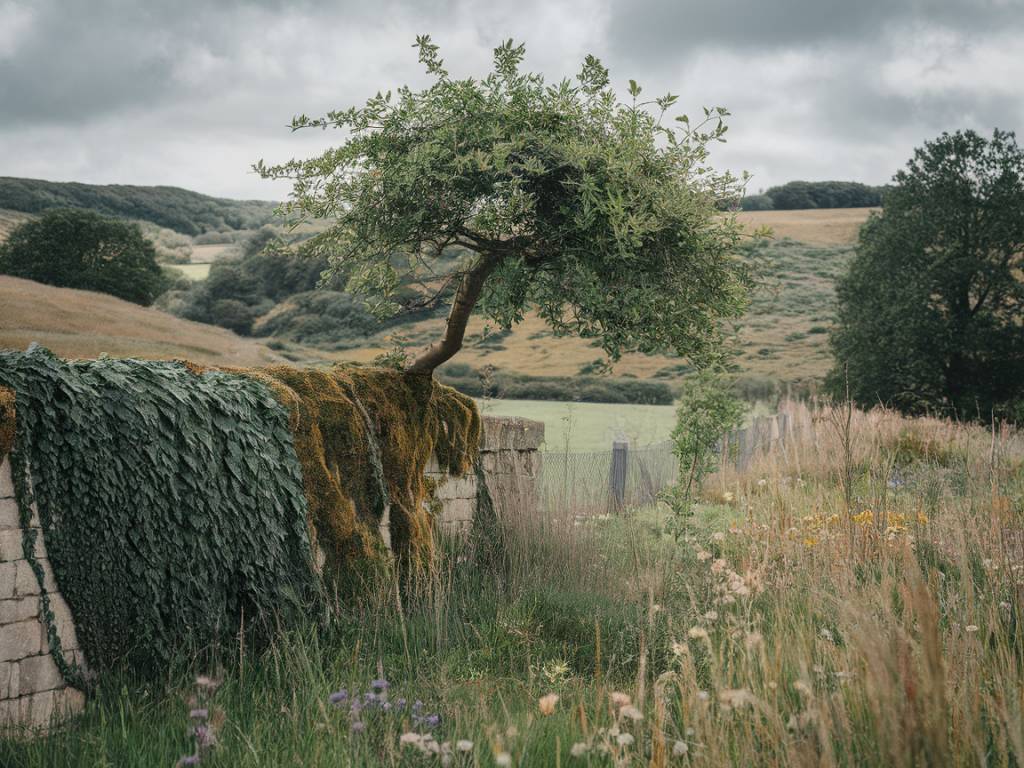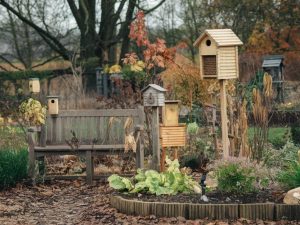
The British countryside has always been a source of inspiration and solace for those who call the UK their home. Rolling hills, ancient woodlands, and windswept moors are deeply embedded in the national psyche. Yet, over recent centuries, human intervention has drastically changed these landscapes. Habitat destruction, intensive farming, and urbanisation have left much of this natural beauty fragmented and diminished. But all is not lost. Enter rewilding: a bold movement that’s breathing life back into our wild spaces and creating a brighter future for both nature and humans. Intrigued? Let’s dig in.
What Is Rewilding?
Rewilding is all about restoring ecosystems to a state where nature can take care of itself. Rather than micromanaging the environment, rewilding efforts focus on stepping back and letting natural processes, like animal migration and plant regrowth, regain control. It’s not about turning back the clock entirely but allowing nature to bounce back in a way that benefits biodiversity, the climate, and even our mental well-being.
Why Does Rewilding Matter?
You might be wondering why rewilding should concern us at all. After all, can’t nature take care of itself? The answer lies in the pressure we humans have placed on the natural world. Over centuries, we’ve lost countless species, disrupted crucial ecosystems, and drained the land of its vitality. By rewilding, we’re not just saving wildlife; we’re saving ourselves too.
Rewilding helps to:
- Combat climate change through carbon sequestration in growing forests and peatlands.
- Provide critical habitats for endangered species, helping biodiversity thrive.
- Improve flood management by restoring wetlands and river systems.
- Boost mental health by reconnecting people with nature in its untouched form.
The stakes may be high, but the benefits of rewilding are even higher.
How Rewilding Is Transforming British Landscapes
The UK is home to some inspiring rewilding projects that are already showing promising results. These projects reveal just how impactful this movement can be, as well as how diverse its approaches are. Let’s explore a few key examples making ripples across Britain.
Knepp Estate, West Sussex
Once a struggling, intensively farmed estate, Knepp has now become a poster child for rewilding in the UK. With the land freed from the constraints of traditional farming, native species have rebounded dramatically. Nightingales sing again, turtle doves have returned, and even rare purple emperor butterflies have made Knepp home. The estate’s success highlights how stepping back can allow nature to flourish in unexpected ways.
Ennerdale Valley, Cumbria
Tucked away in the Lake District, the Wild Ennerdale project has reintroduced natural processes to the valley, including the return of native plants and animals. The reintroduction of grazing cattle and ponies, which mimic the behaviour of wild herbivores, has created a more dynamic and diverse ecosystem. The valley has become a haven for wildlife, while also revitalising the soil and improving water quality.
Beaver Reintroduction in Scotland
Beavers, once extinct in the UK, are being reintroduced to parts of Scotland, where their dam-building skills are transforming local waterways. Beavers craft wetlands that provide habitats for countless other species, while also helping to prevent flooding downstream. Though there have been challenges in reconciling beavers with modern agriculture, the ecological benefits they bring far outweigh the hurdles. Their presence proves just how intertwined species are in supporting healthy ecosystems.
How Rewilding Benefits Our Everyday Lives
Rewilding does more than heal the land—it also enriches our daily lives in ways we might not expect. For one, spending time in wilder spaces brings measurable benefits for mental health. Feeling a little stressed? Try walking in a rewilded area and let your worries melt away amidst the rustling leaves and birdsong.
Economically, rewilding can create jobs, especially in tourism. Eco-tourism is on the rise, with people keen to explore nature reserves and learn about rewilding efforts. Communities near rewilding projects often see increased footfall to pubs, shops, and local businesses.
What about food? Rewilding doesn’t mean stopping farming altogether. Instead, it encourages a harmonious balance. Take Knepp Estate, for instance, which produces organic, free-range meat while allowing wildlife to thrive on the same land.
What Can You Do to Support Rewilding?
Feeling inspired? You don’t need to own sprawling acres of land to contribute to rewilding. Even small actions can help bring nature back into balance. Here are a few ideas:
- Create a mini-wildlife haven: Dedicate a corner of your garden to wild grasses and native flowers to support pollinators and other species.
- Reduce pesticide use: Give nature a break by letting beneficial insects handle pests.
- Support rewilding projects: Volunteer, donate, or simply raise awareness about local rewilding initiatives in your area.
- Rethink your habits: Choose sustainably sourced food and avoid products that contribute to habitat destruction.
You’ll be amazed how even small shifts can help contribute to the larger rewilding movement.
A Future Where Nature Flourishes
Rewilding is a breath of fresh air during a time when environmental despair feels all too common. From the quiet return of nightingales to the industrious dam-building of Scottish beavers, the UK is starting to see what’s possible when we trust in nature’s resilience. And while the road is long, it’s paved with promise.
So next time you gaze at the countryside or take a walk in your local park, think about the hidden potential these spaces hold when given the chance to thrive. Because when nature thrives, so do we.


